IF YOU HAVE followed this blog for some time, would have noticed
that once in a while the health and value of your garden for ecology, edible or not is mentioned.
For the last forty days I have had this plague of black, ugly, slimy insects a little bigger than aphids creating havoc among the nice looking beans, Chicharos,
a name without the botanical yet. At any rate, the speed of their growth was intense, even though the damage was not that remarkable. Went to search on internet without much luck to know exactly who they are.
I sprayed four/five times with the secret weapon: dish soap and water. It worked on contact but it was not enough.
Yesterday when I went to spray again, noticed a family of Ladybugs. If I had used chemical insecticides there would be no beneficial insects to help the cause. Now I will leave it to them.
At this time I reiterate the need to know the botanical names. However, if there are no information on the plant in case that is
that, you will have to improvise. Not knowing this plant name, but looking under beans, helped some.
On other fronts, for the second or third time, one spider has made a home between the Coccoloba Uvifera and the Pithelobium dulce, both trees within the recently updated inventory.
I do not know anything about the lineage of this beautiful arachnid, but I confess it to be among my favorites for the quiet
intelligent way to perform its work. All the spiders come out
of the blue, stay for some time an leave.
Lizards are permanent residents (anolis) they seem not be fond
of water, rain, humidity I have seen their numbers reduced to
8 or so.. In Puerto Rico, for the last seventy days, it has rained at
least for fifty. This creates a great environment for all kinds of
fungus, bacterial diseases.
The Frangipanis got really screwed up with rust. All of them.
IN the past only the white, yellow, varieties seemed prone to get it. Unfortunatelly, no caterpillars have visited yet. Many
ignorant people are afraid of them, as soon as they show up gardeners kill them in different fashion.
When I see them, I understand they will be butterflies later. Also,
once they eat all those leaves with rust spores, there is a great chance that the new leaves for spring will have no diseases. And
some nice looking butterflies will be happily hangin out doing their thing until death takes them away.
Natural death or some bird, parasitic insect, or lizard feed themselves and on and on...
viernes, 9 de enero de 2009
Suscribirse a:
Enviar comentarios (Atom)


















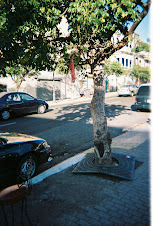-25.jpg)
-24.jpg)
























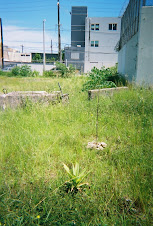




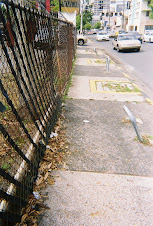

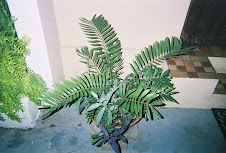




-22.jpg)
-25.jpg)
-24.jpg)






-16.jpg)
-13.jpg)
-08.jpg)
































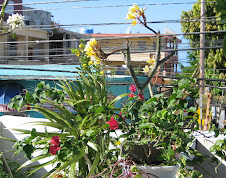
















3 comentarios:
Yo vivo en una sierra en una finca (Zuhaitz-Ondoan) de 60.000 metros cuadrados, con más de mil pinos y otros árboles...y tengo el problema del gusano "procesionaria del pino" y lucho todos los años contra ellos y la administración no se preocupa de combatirlos ni nos ayuda a ello....enhorabuena por tu amor a la naturaleza, yo también la respeto...un abrazo desde azpeitia
Te regalo las arañas y los lagartijos… pero me quedo con las “mariquitas” (“Ladybugs”)… me encantan!
http://sinremilgos.wordpress.com
http://caleidoscopia.wordpress.com
Saludos Daritza,
Pues como recriminar su preferencia?
Siempre nos movemos hacia aquello que nos agrada; tirando, ignorando lo opuesto, pero ahi esta el balance.
En la naturaleza cada quien hace su trabajo, como en la vida, pero alla no
hay premios, nadie va a la carcel por
estafador.
Publicar un comentario